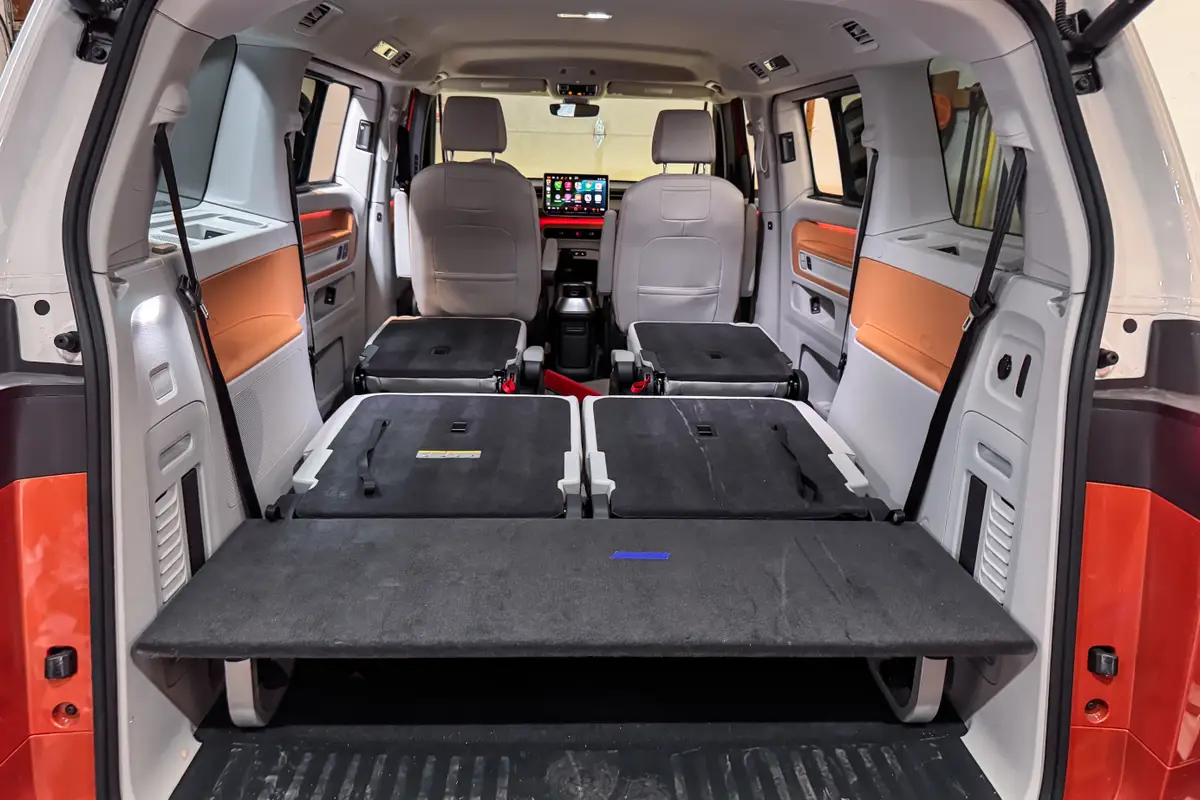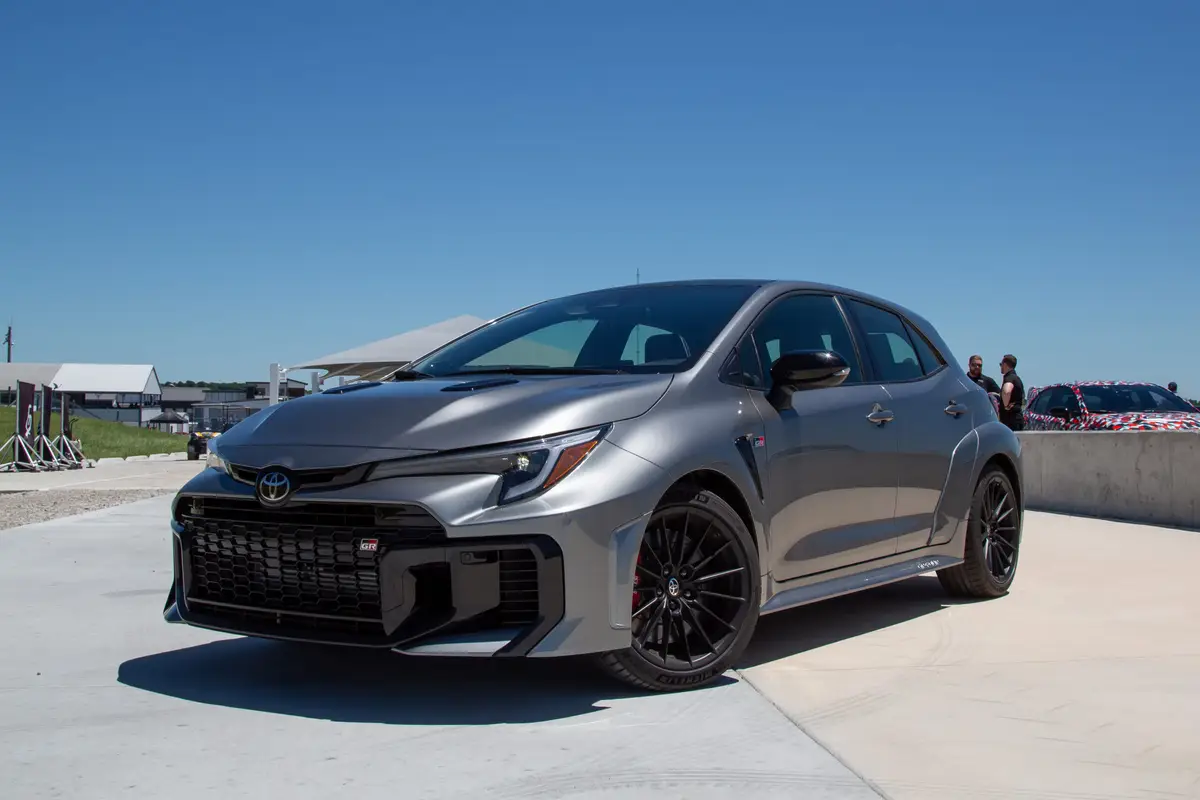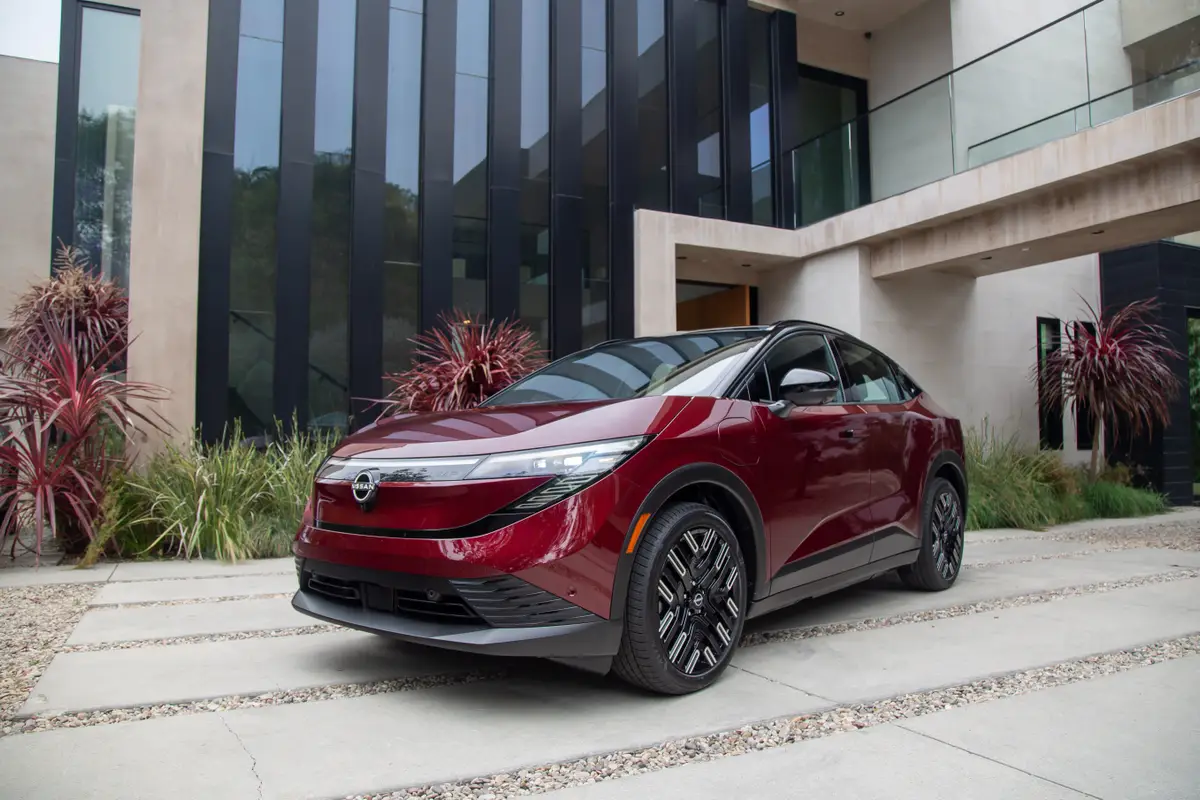McLaren 720S: If Dropping $100K Extra Is an Option, We Did This for You

McLaren cars are special beasts — expensive supercars that stop traffic when they pass, turn heads like few other cars on the planet and provide visceral thrills unmatched by anything short of a ride in a fighter jet. The car you’re looking at here is the new 2018 McLaren 720S, the replacement for the 650S and 675LT, and a member of McLaren’s midrange Super series. It slots above the 570S and 570GT, which comprise McLaren’s “entry-level” Sports series. It costs a minimum of $285,000 and change — or roughly $100,000 more than the 570S.
Related: Weekend Toy Challenge: Ford F-150 Raptor Vs. McLaren 570GT
With both the 720S and the 570 duo able to do things few other cars on the planet can even dream about, is it worth it to spend that extra money on the newer 720S, or would a 570 variant suffice?
What It Is
The 720S represents the second generation of the Super series, and there are many changes from the 650S it replaces. The chassis is new, called Monocage II, and features more carbon fiber in structural places than before. Tick all the lightweight option boxes, and the new 720S tips the scales at a scant 2,828 pounds, more than 300 pounds lighter than a 570S, or about the same weight as your average Toyota Corolla compact (not that you were really cross-shopping the two).
The McLaren features two dihedral-opening doors; not exactly gullwing-style, not exactly scissor-door style, but still massively cool and sure to draw a crowd at a gas station. Getting in and out is easier than it is in the 570S thanks to a larger interior and door opening. It still sits impossibly low, but visibility out is improved thanks to slimmer pillars and larger side-window openings that make looking over your shoulder possible, a rarity in a mid-engine supercar.
Visually, it’s an evolution of previous McLaren designs, with more than a passing nod to the legendary F1 in its side-profile silhouette. But there’s one notable change from previous McLaren road cars: The side openings for the radiators are gone. The 720S sports smooth sides and heavily sculpted doors, as the air that feeds the engine is channeled over the top of the doors and down into deep wells. The overall look is smoother and more square than previous models, but no less sexy.
What It’s Got
The engine is similar to the one in the old 650S, but 41 percent of its parts are new. Its displacement has grown from 3.8 liters to 4.0 liters, but it’s still a mid-mounted, twin-turbocharged V-8, now making 710 horsepower and 568 pounds-feet of torque. That’s 148 hp more than the 570S puts out, if you’re keeping score.
McLaren connects it to a Graziano seven-speed dual-clutch automatic transmission with software developed entirely in-house. It’s good for a blistering zero-to-60-mph blast of 2.8 seconds, and a top speed of 212 mph, extraordinary numbers for a car that’s rear-wheel-drive-only. It’s marginally quicker than the 570S, which posts a zero-to-60-mph number of around 3.0 seconds and a top speed of 204 mph.
How It Feels
Drop into the beautifully finished cockpit, reach up and pull the door down to you — no need to slam it, just lower it carefully until it clicks and then pulls itself shut. For something this small and low, the comfort inside is impressive. Big, supportive sport seats are wrapped in beautifully cut and stitched leather — as is everything else you touch that isn’t metal. The footwell is a little narrow, but not uncomfortably so. Since there’s no clutch pedal to deal with, what you do with your left foot is up to you.
There’s a definite sense of improvement over the cockpit of the lesser 570S; even the more luxurious 570GT model that I tested last summer didn’t feel quite this nice. The designs are better, the switches look and feel more expensive, the gauges are more sophisticated — and they’re powered, too, lowering into a minimalist version that gives you only gear, tachometer and speedometer readouts when you slip it into one of the more track-oriented modes or push a button on the dash. The vertically oriented, Android-based IRIS multimedia system is still here, but the latest version seems to be a bit easier to read, faster to respond and simpler to use. The screen doesn’t wash out in bright sunlight anymore either, which is helpful.
How It Drives
Fire up the 720S and you’re greeted with a sound quite unlike American V-8 cars you may be used to. It’s so much more high-strung, there’s no bellowing burble here; it’s a mechanical growl more akin to shrieking bobcat than roaring lion. And it’s loud — no changing modes quiet things down, so it’s going to wake the neighbors when you start it, but that’s OK. Half the reason to buy this thing is to ostensibly make the neighbors jealous. Which it will do.
The transmission is a dual-clutch setup, meaning there’s no Park button — its natural state is in Neutral, and to get moving, you can either use the flappy-paddle shifters behind the steering wheel or punch “A” to put it in Automatic mode. Shifts are lightning-fast in either mode, but the surprise comes when you put it in Automatic and let the car remain in Comfort mode. You see, the suspension and powertrain are independently adjustable between three modes: Comfort, Sport and Track. Comfort is something new — it used to be called Normal in McLaren-speak. But comfort really is more accurate, as the suspension’s compliance and the swift, low-rpm shifting of the transmission keep things quick but calm, without much engine roar or harshness transmitted into the cabin. It’s all-day comfortable in Comfort mode, which is astonishing for a supercar this capable.
Pop it into Sport mode and things get kicked up a notch. It’s still easily streetable in Sport mode and might be the preferred setting if you really want to hear that engine sing in everyday traffic (or make others hear it sing). It holds gears longer and keeps you in a lower one while tootling around town, but it never gets frenetic or rough. Track mode I only sampled briefly, as its not really suitable for the mean streets of Ann Arbor, Mich. Sport mode for both suspension and powertrain is the best compromise between the desire to enjoy some of the capabilities of the 720S without needing spinal surgery after you arrive at your destination.
The speed of the 720S is amazing. Put your foot down, and the turbos spool up instantly to rocket you past anything in your way with a banshee wail. The steering is light and communicative, and the whole car feels impossibly light for its size, easily tossable in corners, rock-solid steady, and blessed with incredible amounts of grip despite my car rolling on Pirelli SottoZero winter tires.
My only quibble is with the brakes, which, like the 570S and 570GT I’ve driven previously, just don’t seem to engage with the kind of bite one would expect from a car like this. The articulation is long and requires more-than-expected leg effort, and the initial grab isn’t strong at all. This car uses carbon-ceramic rotors, but they were blissfully quiet — no squeal from the brakes like one sees on other cars with carbon ceramics. Aside from that peculiar characteristic of McLaren cars, the 720S is flat-out sensational to drive.
But Is It a Worthwhile Upgrade?
The problem is, so is the 570 series. They both possess capabilities far in excess of anything the majority of their owners are ever likely to explore (you really need access to a track for that).
But the improvements to the 720S come in areas that go beyond just how it drives. The 570S is nearly as fast as the 720S but not nearly as compliant, not nearly as comfortable, not nearly as easy to drive on a regular basis. The interior of the more luxurious 570GT is nice, but not as nice as the 720S with the luxury package that I sampled.
And lest you think that the $331,355 as-tested price of this car is too much, it’s easily competitive with the prices of its rivals like the Ferrari 488 GTB. It’s almost $100,000 less than the V-12-powered Lamborghini Aventador, and just a hair quicker, too.
McLaren has done a great job differentiating the 720S from the less expensive 570S, adding enough content, improving the livability and ratcheting up the performance quotient even further. If you have the means, it’s worth checking out.
Cars.com’s Editorial department is your source for automotive news and reviews. In line with Cars.com’s long-standing ethics policy, editors and reviewers don’t accept gifts or free trips from automakers. The Editorial department is independent of Cars.com’s advertising, sales and sponsored content departments.

Detroit Bureau Chief Aaron Bragman has had over 25 years of experience in the auto industry as a journalist, analyst, purchasing agent and program manager. Bragman grew up around his father’s classic Triumph sports cars (which were all sold and gone when he turned 16, much to his frustration) and comes from a Detroit family where cars put food on tables as much as smiles on faces. Today, he’s a member of the Automotive Press Association and the Midwest Automotive Media Association. His pronouns are he/him, but his adjectives are fat/sassy.
Featured stories




